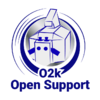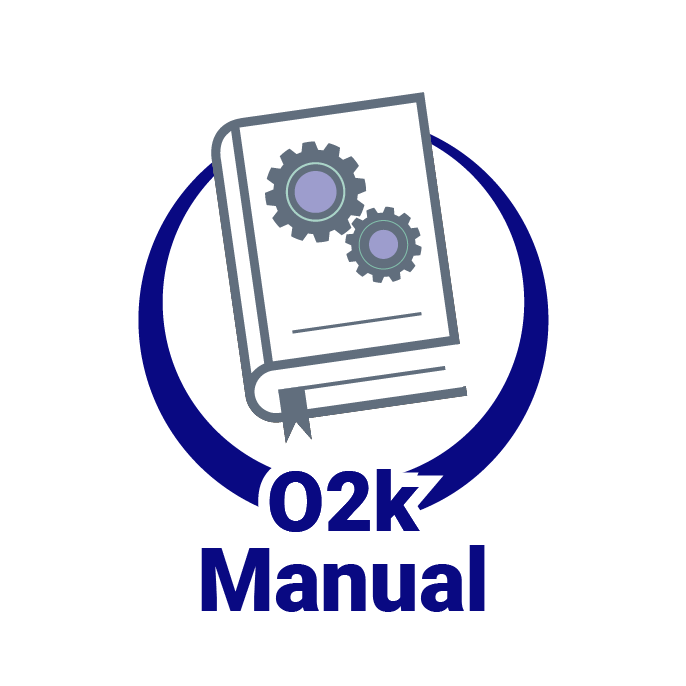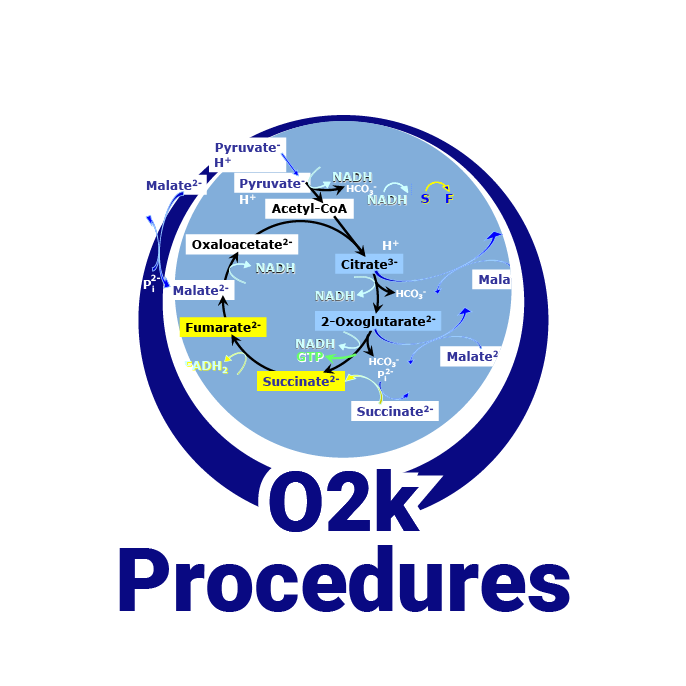Difference between revisions of "POS calibration"
From Bioblast
Capek Ondrej (talk | contribs) m |
|||
| Line 7: | Line 7: | ||
DatLab converts the [[raw signal]] to oxygen concentrations by applying conversion factors determined during a POS calibration comprising an [[air calibration]] and a [[zero calibration]]. For each [[Gain (O2 channel) | gain]] a different set of calibration values is necessary. Frequently, assumed hardware problems turn out to be a simple calibration problem. This can easily be detected by observing the [[Raw signal]]. | DatLab converts the [[raw signal]] to oxygen concentrations by applying conversion factors determined during a POS calibration comprising an [[air calibration]] and a [[zero calibration]]. For each [[Gain (O2 channel) | gain]] a different set of calibration values is necessary. Frequently, assumed hardware problems turn out to be a simple calibration problem. This can easily be detected by observing the [[Raw signal]]. | ||
Please see the Calibration Manual [[MiPNet19. | Please see the Calibration Manual [[MiPNet19.18D_O2k-Calibration]]. | ||
Revision as of 13:33, 19 May 2015
 |
POS calibration |
MitoPedia O2k and high-resolution respirometry:
O2k-Open Support
Static POS calibration
Static POS calibration = Two-point calibration of the polarographic oxygen sensor.
DatLab converts the raw signal to oxygen concentrations by applying conversion factors determined during a POS calibration comprising an air calibration and a zero calibration. For each gain a different set of calibration values is necessary. Frequently, assumed hardware problems turn out to be a simple calibration problem. This can easily be detected by observing the Raw signal. Please see the Calibration Manual MiPNet19.18D_O2k-Calibration.
Dynamic POS calibration
Dynamic POS calibration = Calibration of the response time of the POS.




